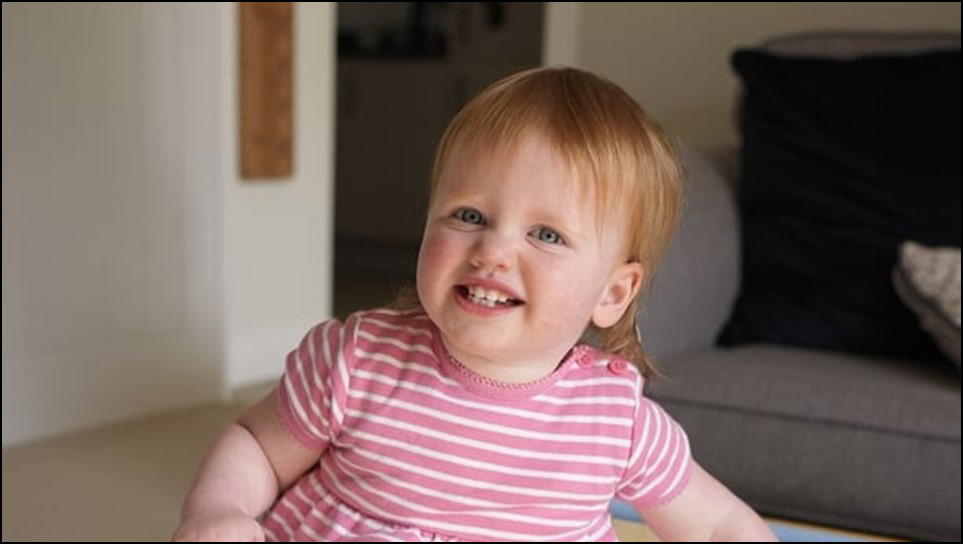
By Sola Ogundipe
Despite being born deaf due to auditory neuropathy, 18-month-old Opal Sandy from Oxfordshire became one of the first recipients of a pioneering gene therapy.
The treatment, delivered under anesthesia to her right ear, aimed to restore her hearing. Additionally, a cochlear implant was placed in her left ear.
The results were remarkable. Within weeks, Opal Sandy could detect loud noises like clapping. Now, six months after the procedure, she can even hear quieter sounds like whispers and is beginning to speak her first words, including “mama,” “dada,” and “uh oh.”
Opal Sandy’s deafness stemmed from a genetic condition called DFNB9 – a common form of inherited deafness. It stems from the body’s inability to produce otoferlin, a protein crucial for transmitting sound signals from the ear to the brain.
Cochlear implants have been the standard treatment for DFNB9, but promising gene therapy advancements are emerging. Thanks to this breakthrough, five children, two girls and three boys, also born deaf, gained hearing abilities in both ears, and were able to hear and speak words and locate where a sound was coming from.
Two of them showed more advanced improvements and can now enjoy music thanks to the same groundbreaking gene therapy. They’re part of a pioneering group who received this world-first treatment.
Delivered as an ear infusion, the therapy replaces faulty DNA responsible for DFNB9. Remarkably, all five participants – two girls and three boys – regained hearing in both ears. They can now not only hear and speak words but also locate sounds. Two children even showed exceptional progress, in responding to the complexities of music.
The therapy uses a harmless, modified adeno-associated virus (AAV) to deliver a healthy copy of the OTOF gene, responsible for hearing in these patients. Delivered via an inner ear infusion, the treatment was well-tolerated with no major side effects reported.
The children were monitored for up to six months at a hospital in Shanghai, China. While the trial is ongoing, further research is needed to refine the therapy for wider application.
Dr. Zheng-Yi Chen, a researcher at Massachusetts Eye and Ear in the US, expressed excitement about the ‘astounding’ results. He noted continued improvements in hearing for treated children. This new study highlights additional benefits of treating both ears, such as sound localization and better speech understanding in noisy environments.
Chen, who is also an associate professor of otolaryngology – head and neck surgery at Harvard Medical School in the US, said: “Our ultimate goal is to help people regain hearing no matter how their hearing loss was caused. “Our study strongly supports treating children with DFNB9 in both ears, and our hope is this trial can expand and this approach can also be looked at for deafness caused by other genes or non-genetic causes.”
Researchers emphasise the importance of treating both ears. This allows for “three-dimensional hearing,” crucial for activities like communication and driving. Published in Nature Medicine, the study highlights the promise of this therapy, paving the way for larger international trials.
While this treatment targets a specific deafness gene (DFNB9), researchers are optimistic that similar gene therapies could offer hope to many more children with different genetic hearing conditions.
Building on their initial success two years ago, where gene therapy restored partial hearing in one ear, researchers have achieved even greater results. This new study, published in Nature Medicine, involved treating both ears, leading to significant improvements, including the ability to hear in noisy environments.
Disclaimer
Comments expressed here do not reflect the opinions of Vanguard newspapers or any employee thereof.